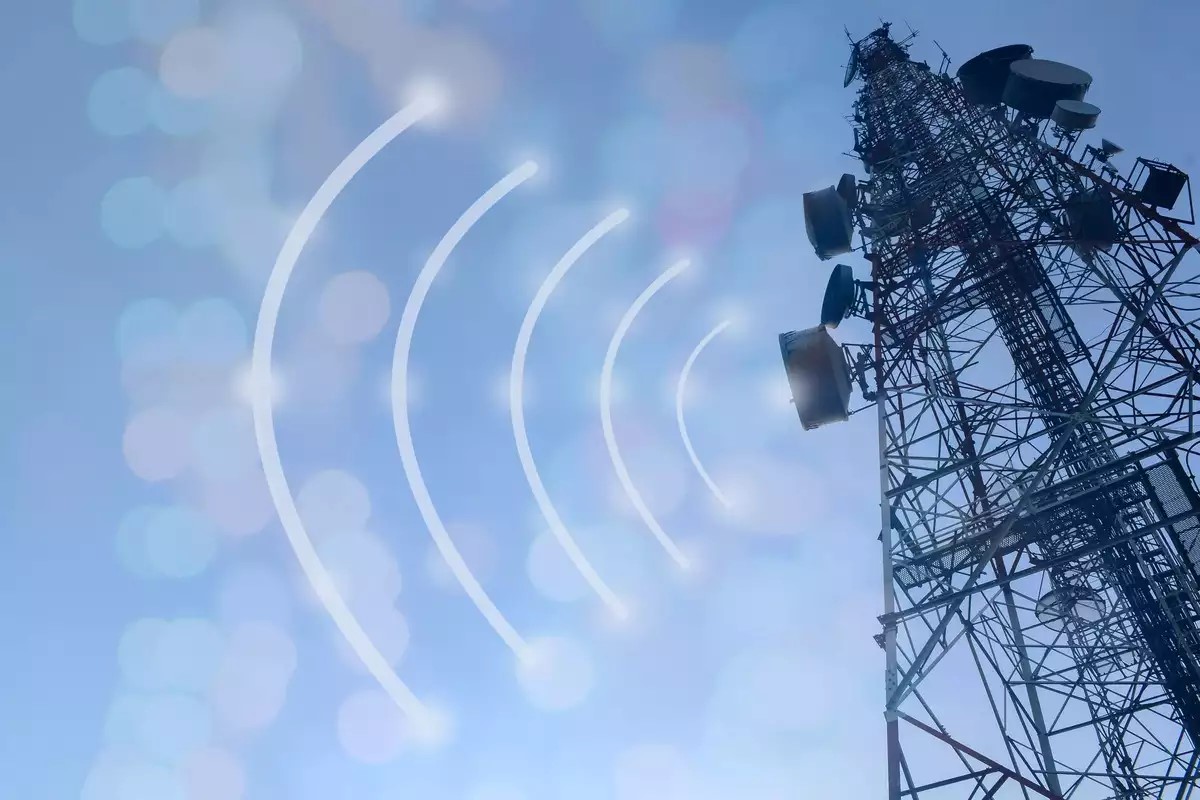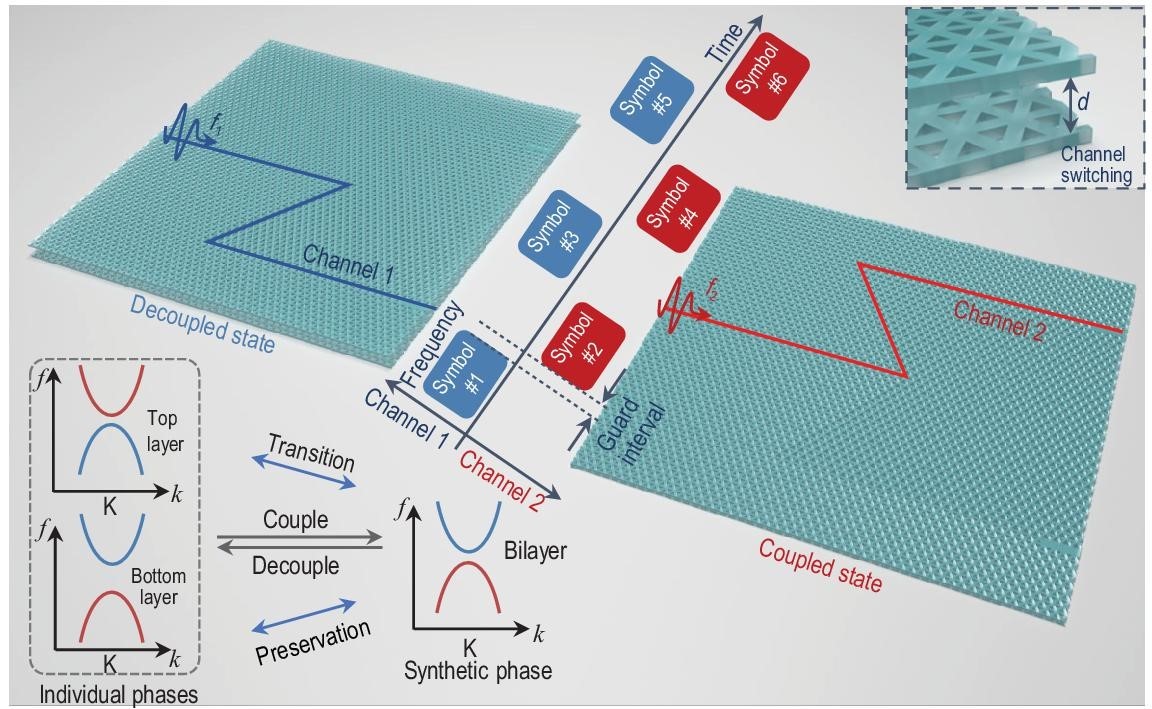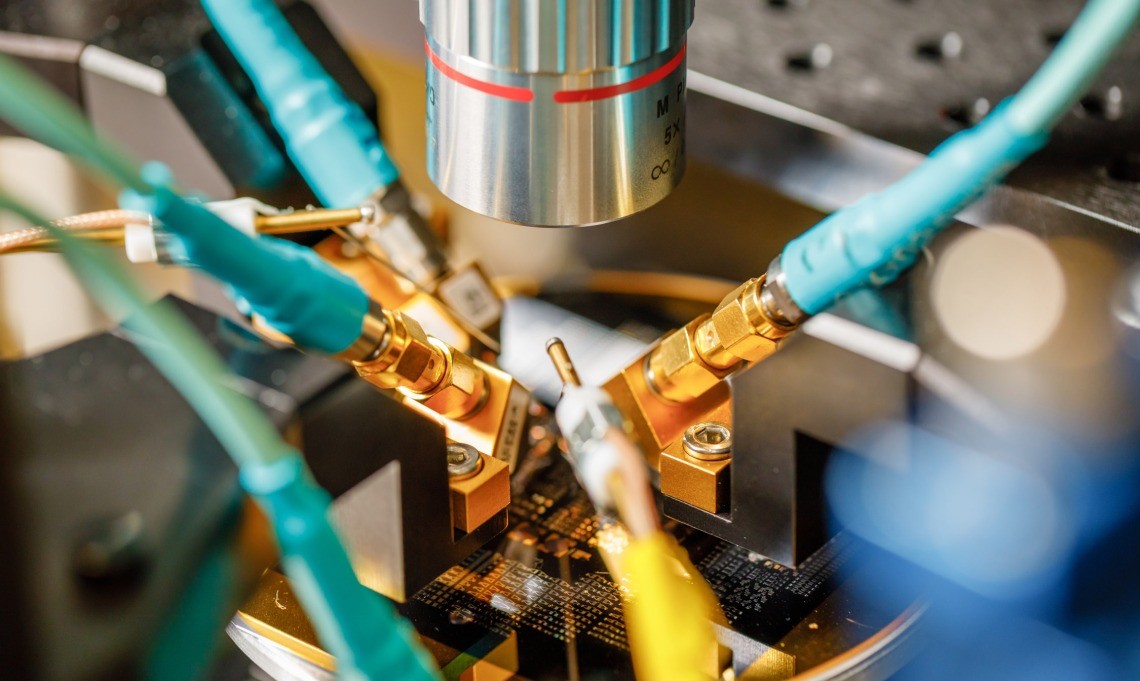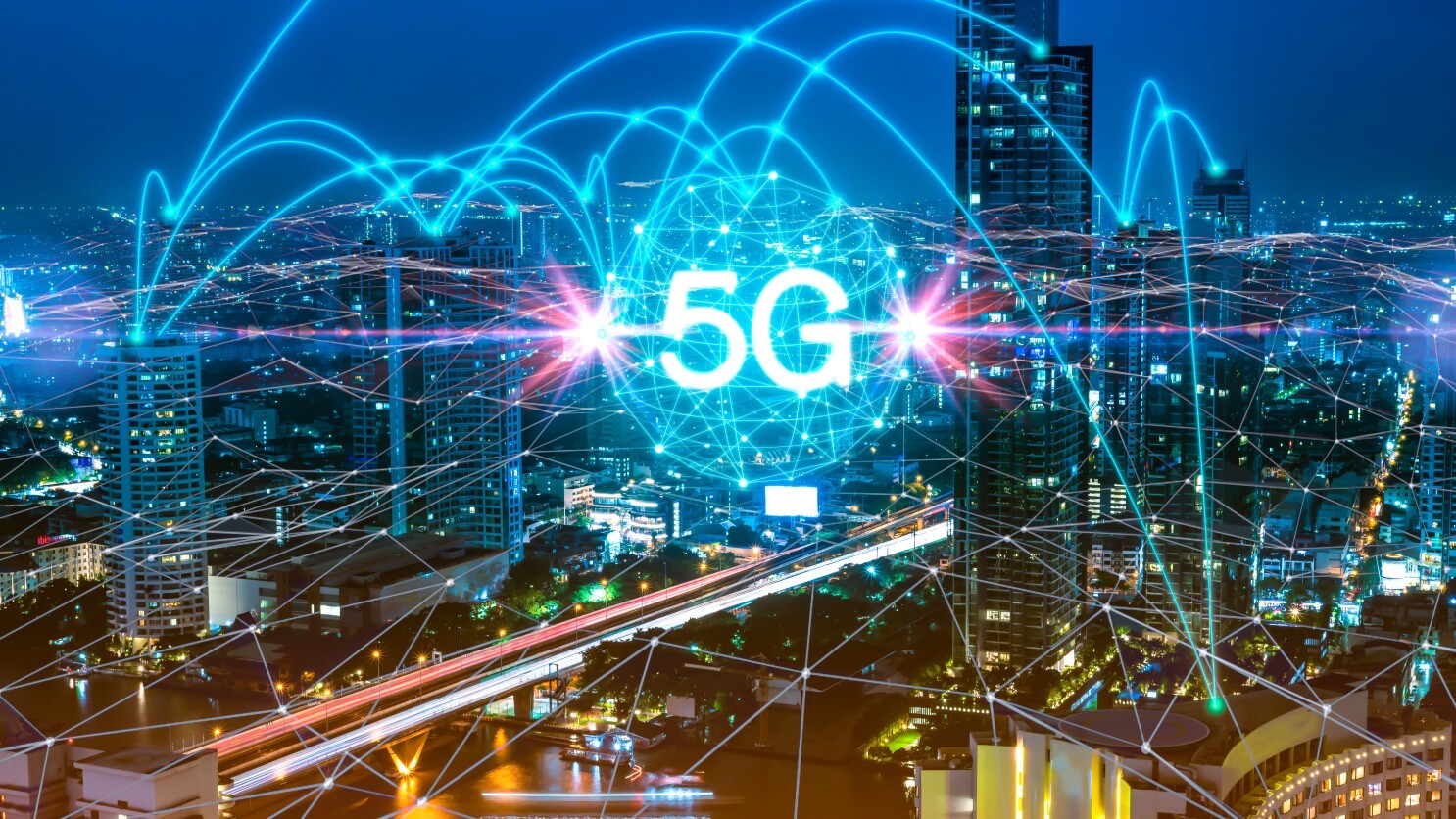UBC Okanagan's Breakthroughs in Next-Generation Mobile Networks
In the rapidly evolving landscape of communication technology, a new wave is on the horizon, and researchers at UBC Okanagan are at the forefront, delving into innovative approaches to configure the next generation of mobile networks.

Figure 1. Network.
Figure 1 is an example of mobile network. Dr. Anas Chaaban leads the charge at the UBCO Communication Theory Lab, where a team of researchers is diligently exploring a theoretical wireless communication architecture. Their goal is to optimize it to handle increasing data loads while achieving faster data transmission.
According to Dr. Chaaban, these next-generation mobile networks are poised to surpass 5G in various aspects, including reliability, coverage, and intelligence. The advancements extend beyond just speed; the upcoming technology is envisioned as a fully integrated system enabling instantaneous communication between devices, consumers, and the surrounding environment.
To meet the stringent requirements of these new networks, intelligent architectures are essential. These architectures must support massive connectivity, ultra-low latency, ultra-high reliability, high-quality user experiences, energy efficiency, and lower deployment costs.
Dr. Chaaban emphasizes the necessity to rethink traditional communication techniques by leveraging recent strides in artificial intelligence (AI). Traditional approaches, based on theoretical models and assumptions, struggle to adapt to the challenges posed by emerging technologies.
The researchers are employing transformer masked autoencoders, a cutting-edge technology, to develop techniques that enhance efficiency, adaptability, and robustness. Dr. Chaaban explains that the team is working on breaking down content like images or videos into smaller packets for transportation to recipients. Interestingly, they can discard some packets, relying on AI to recover them at the destination, which then reconstructs the original image or video.
Even today, users take such experiences for granted, but the next-generation technology, where virtual reality becomes a part of everyday communication, is set to significantly enhance wireless systems. Dr. Chaaban emphasizes the unparalleled potential of these advancements.
"AI provides us with the power to develop complex architectures that propel communication technologies forward to cope with the proliferation of advanced technologies such as virtual reality," says Dr. Chaaban. "By collectively addressing these intricacies, the next generation of wireless technology can usher in a new era of adaptive, efficient, and secure communication networks."
Source:University of British Columbia
Cite this article:
Hana M (2023), UBC Okanagan's Breakthroughs in Next-Generation Mobile Networks, AnaTechMaz, pp. 123















